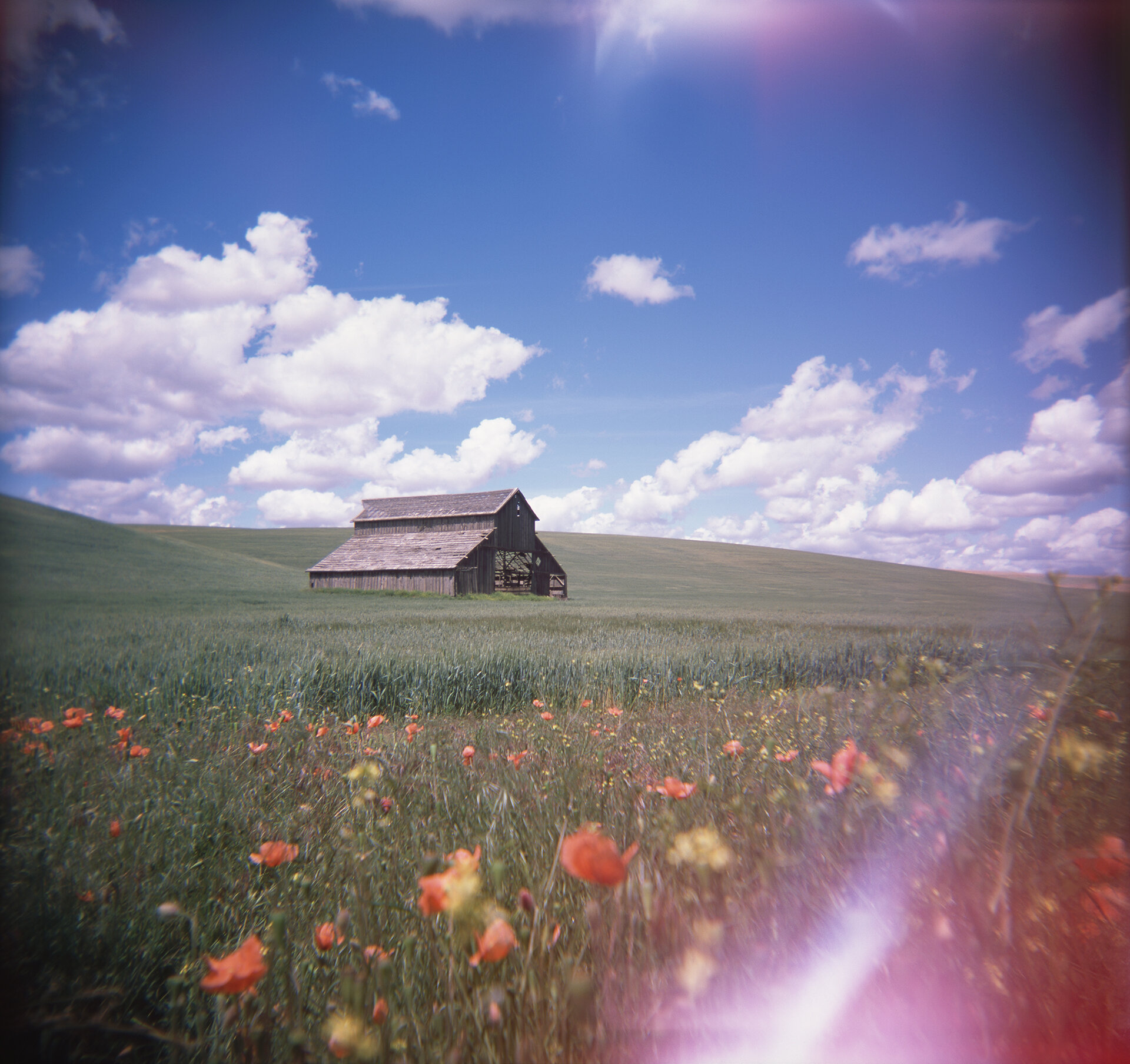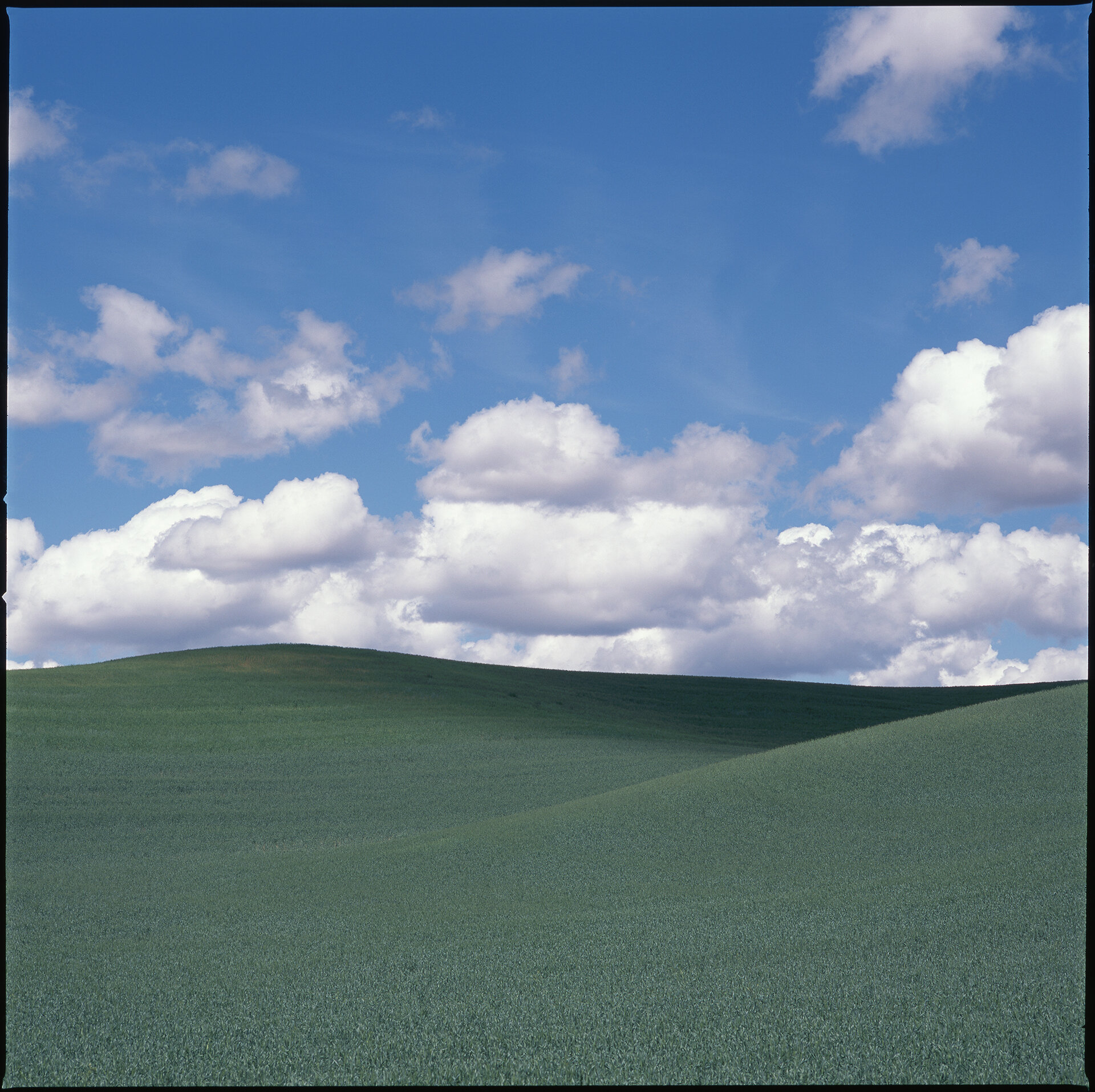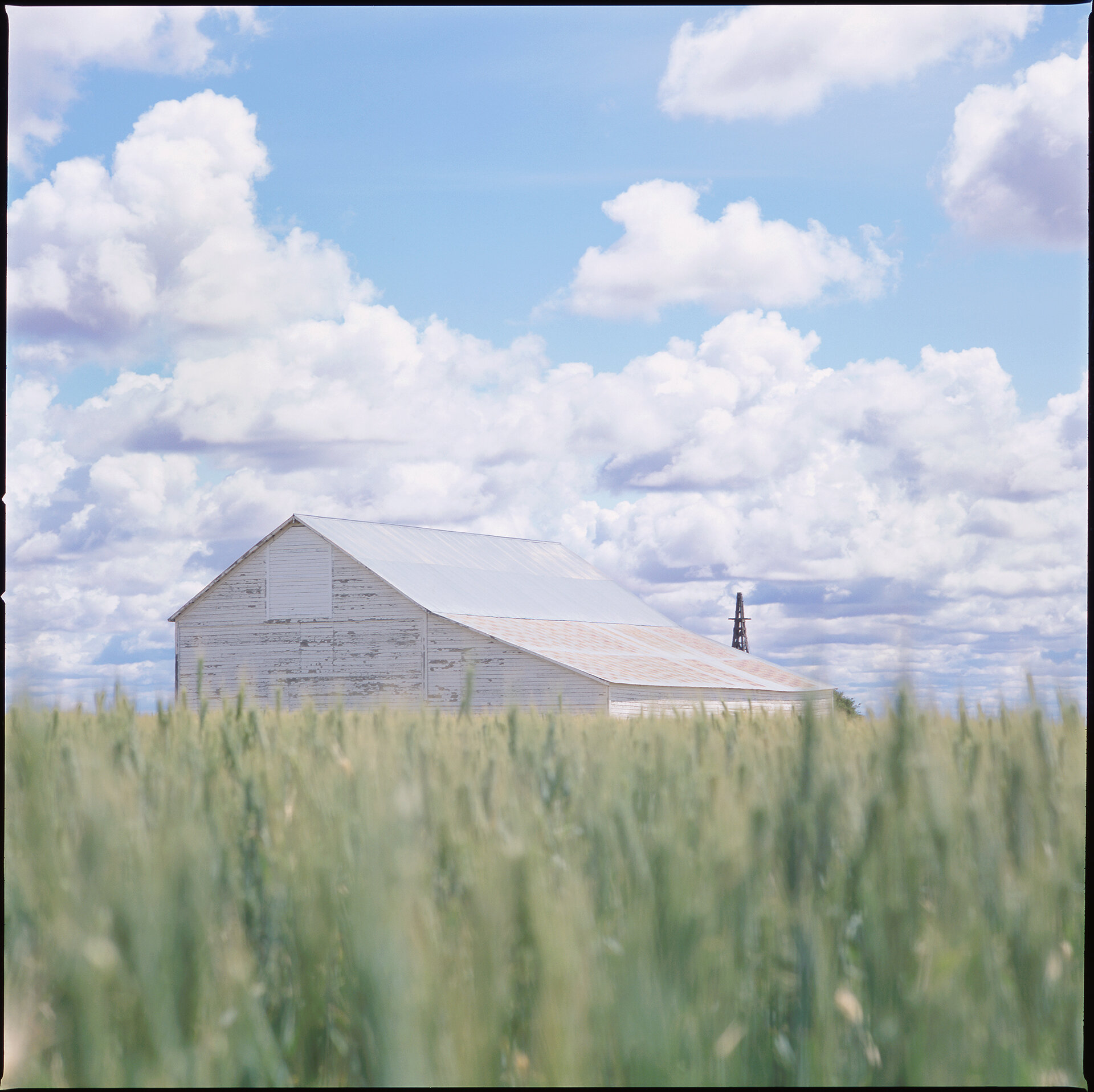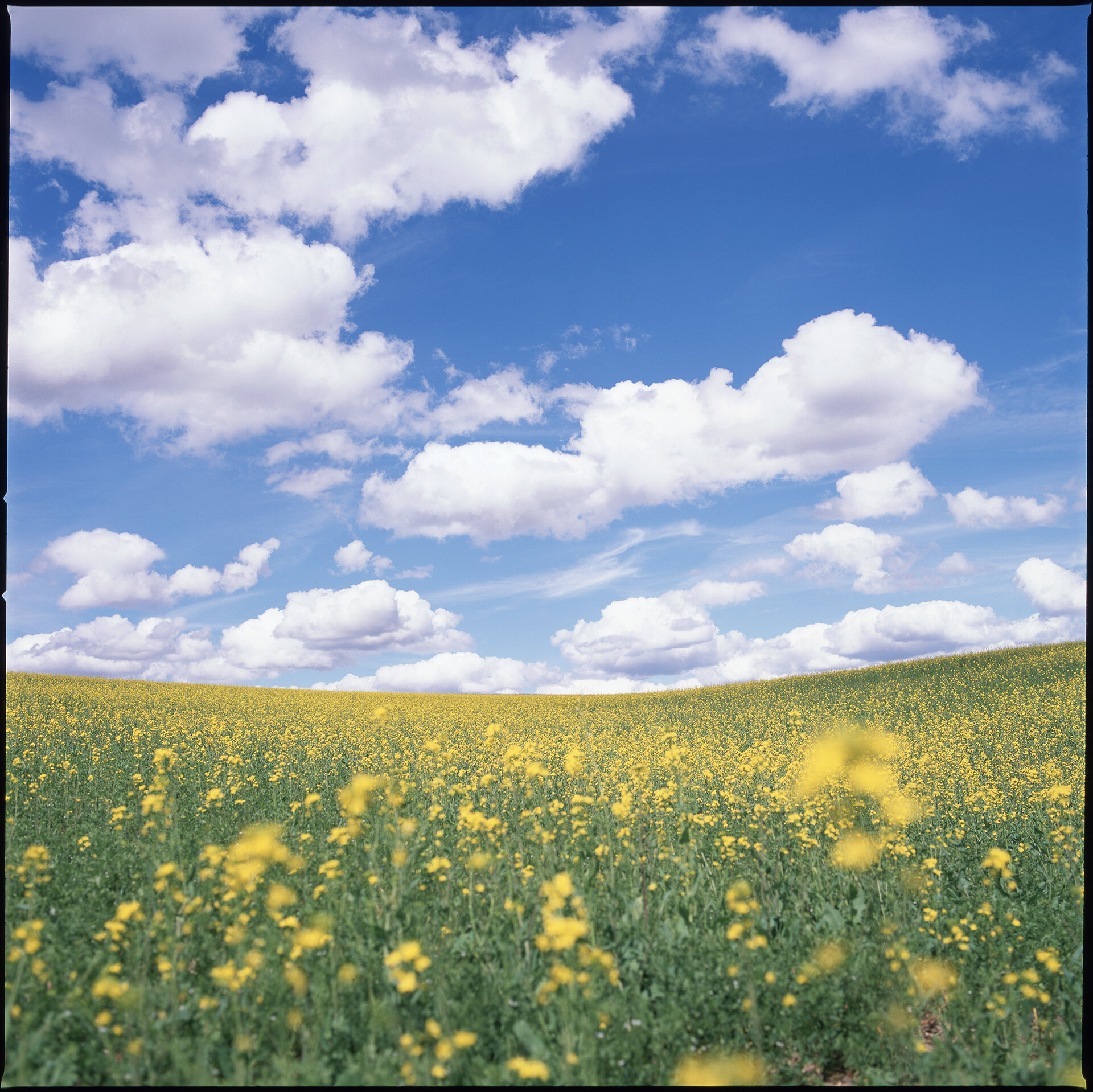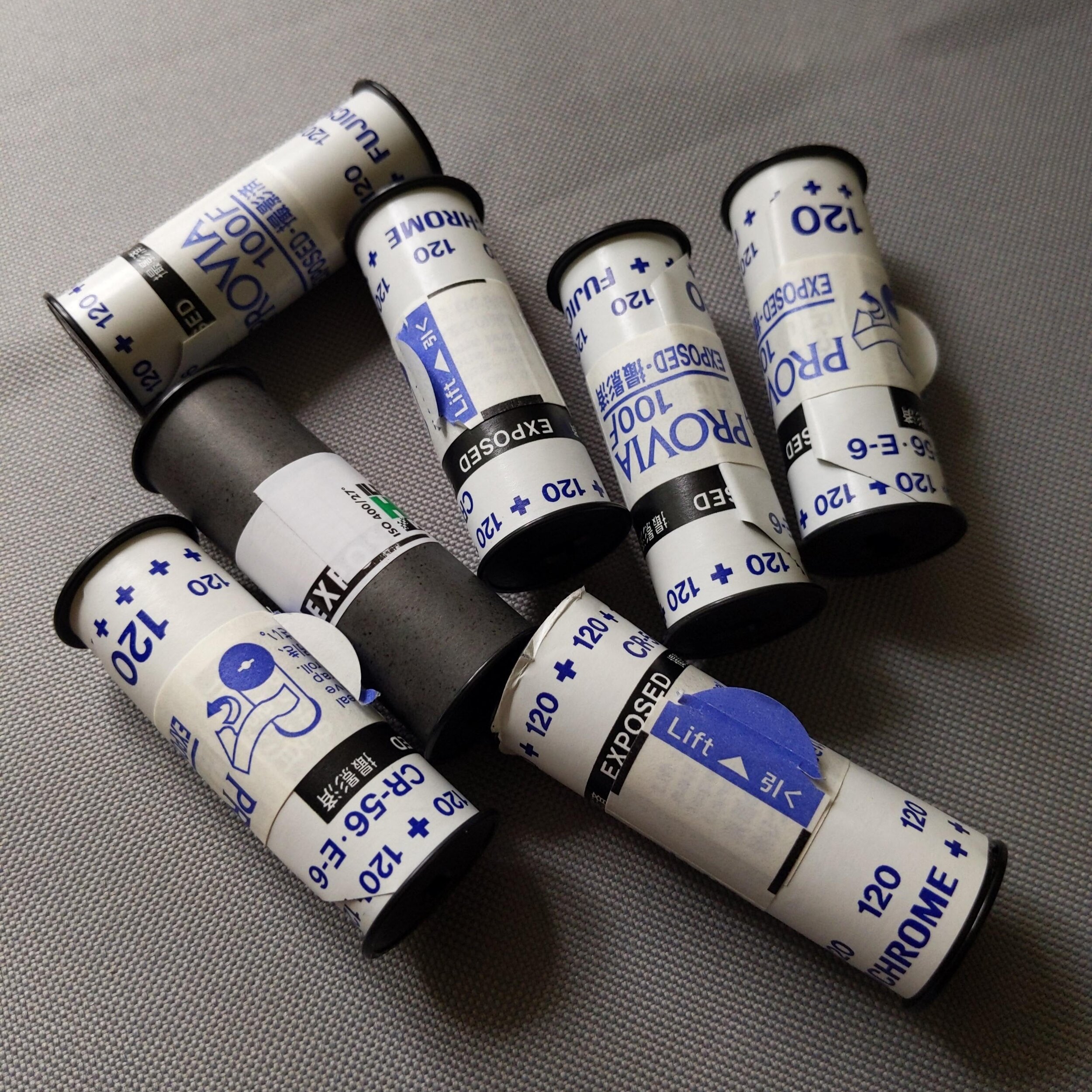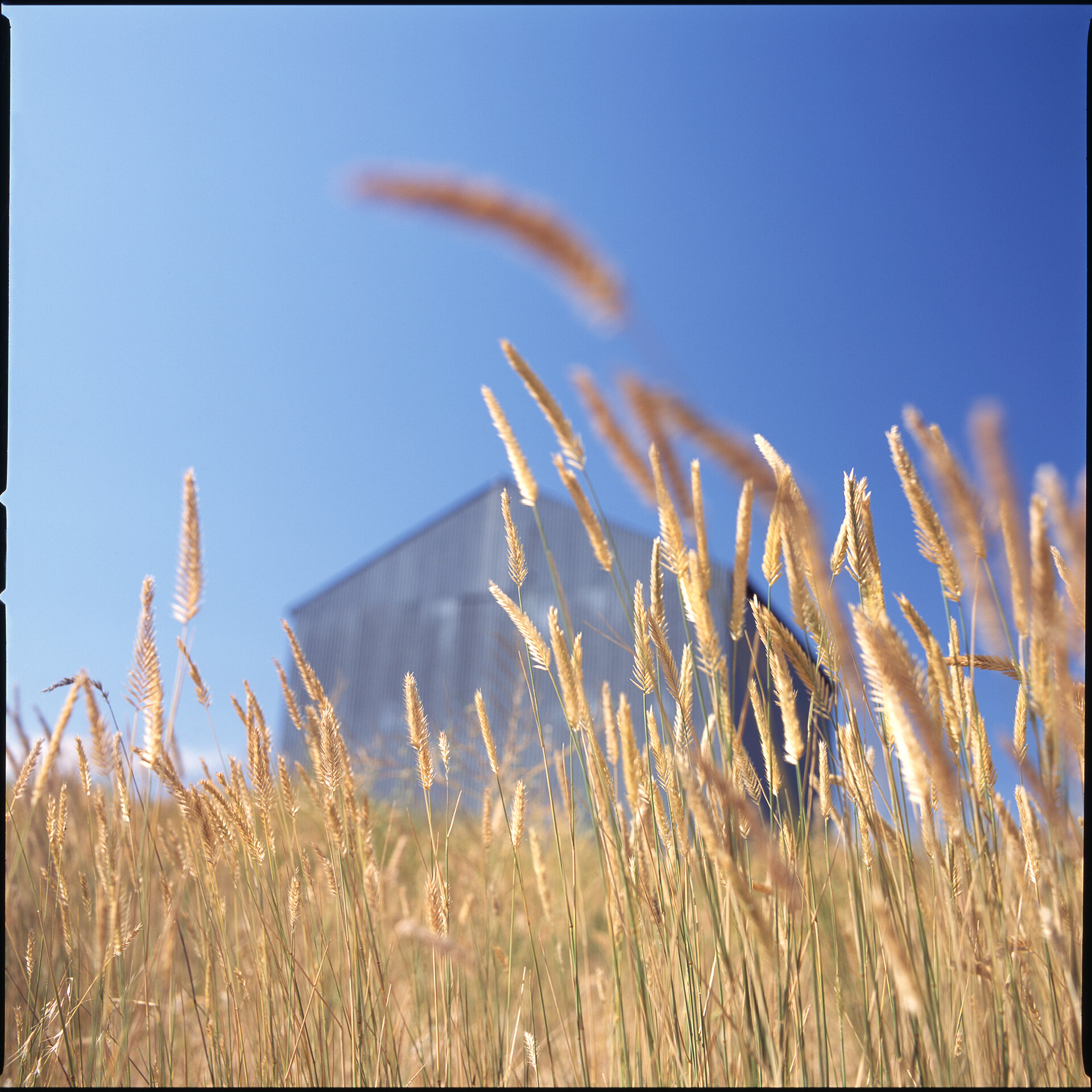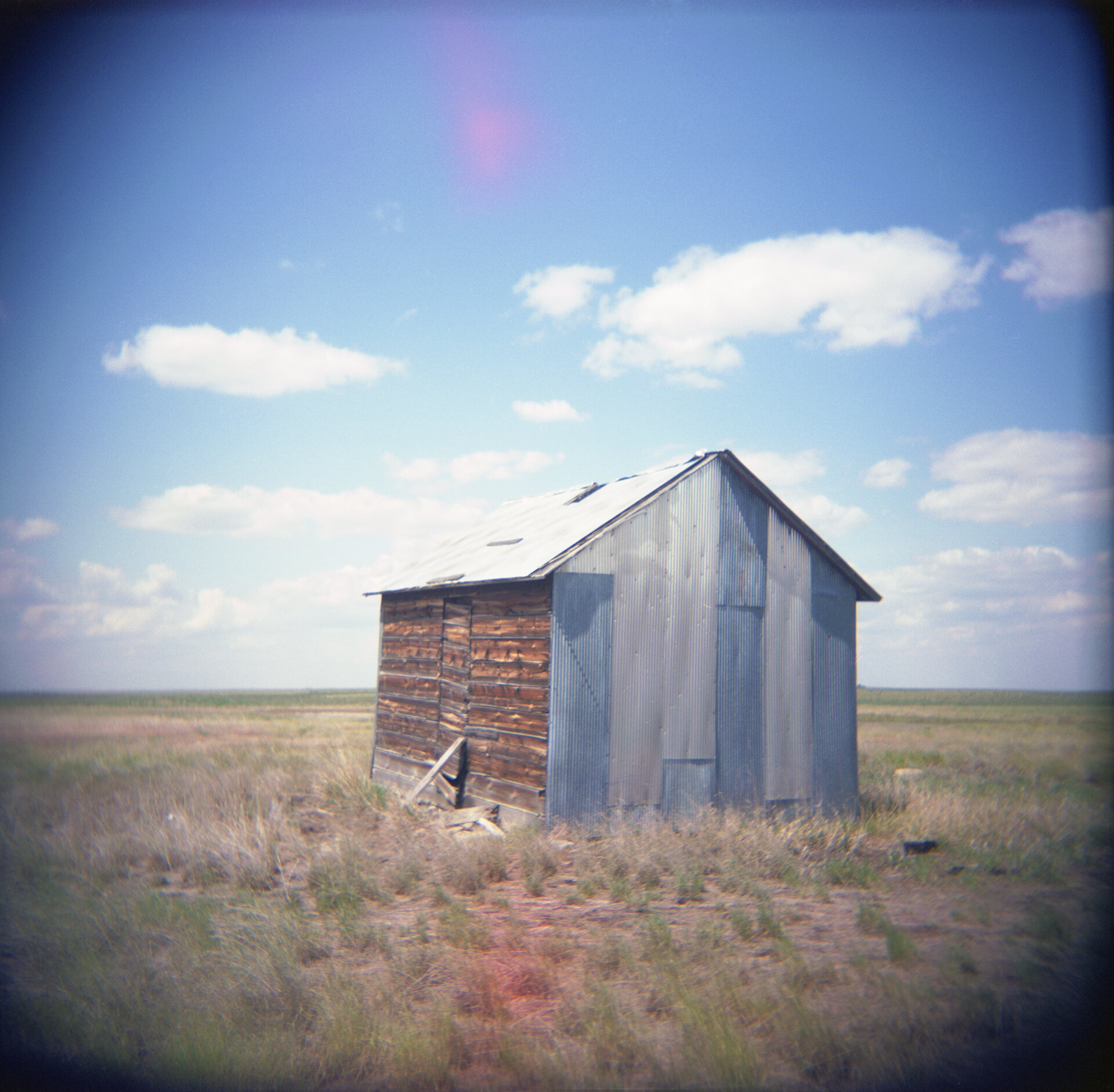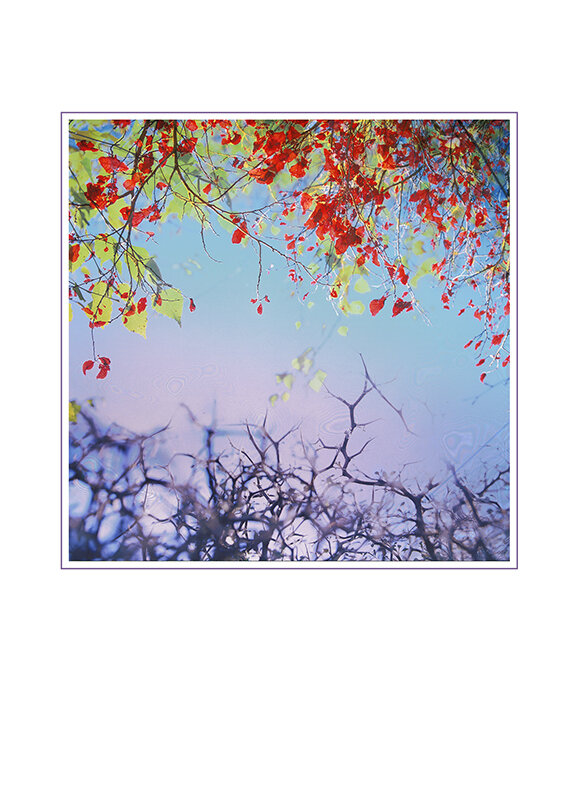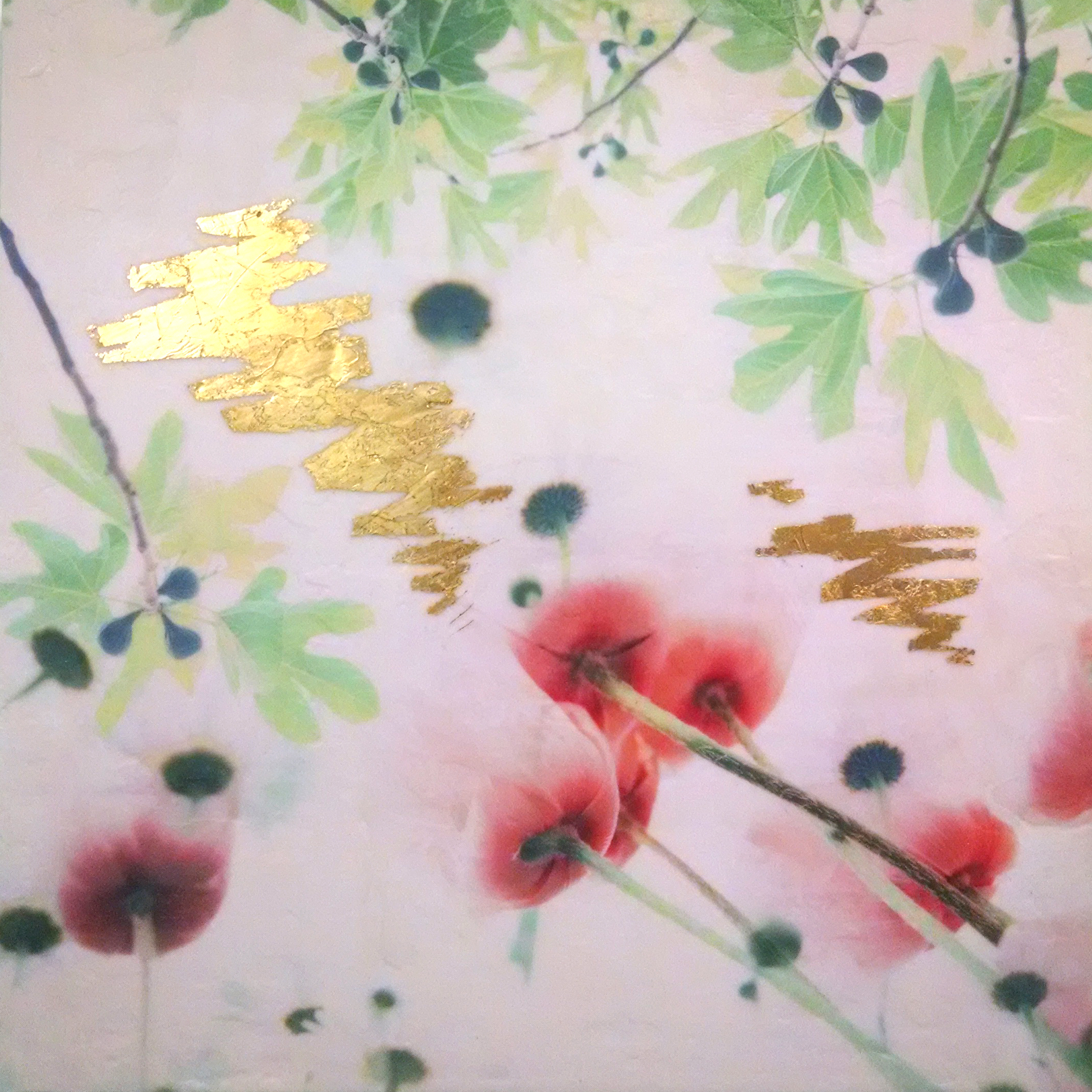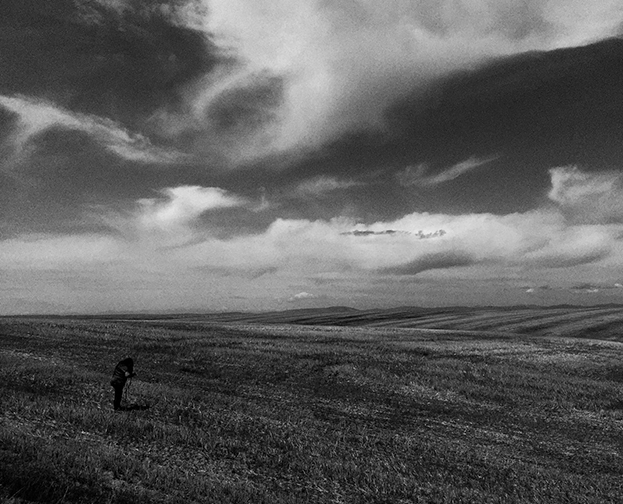Ever since I can remember, I have loved flitting around the idea of of something, from differing angles. Rather than a single deep dive, I shallowly examine something, then go off to something else, which is the same subject but from a different angle. I’m actually holding on to the same idea, just circling around it. Lots of small nips, rather than one unreleased bite. I think that’s why I gravitate towards photography as an art form. Each step is short in duration, but a whole project is lengthy. Same with the photoencaustics I make. A trip of a few hours, snapping a few photos. Then comes the developing, looking, putting aside, thinking about, before returning in a burst of time on my light table. Then the scanning, editing and cleaning up digital files. Then later on a trip to print photos, then time for it to offgas. Finally, some time in the studio in stages, to prepare panels, glue, let dry, then another visit to add wax, then another visit to work on the surface embellishments. LOTS and lots of steps, but all in small concrete bites, over the course of time. I’m not someone that can do 8 hours in the studio painting something day in and day out. It’s not an issue with focusing (or maybe it is?). But rather, I do a lot of skimming. I read headlines in the paper, but rarely read the articles. I flip through magazines enjoying the visuals but almost never read the articles. Yet at the same time, I hate short stories and absolutely adore super long novels. I never want them to end. What a strange dichotomy.
While perusing everyone’s creative endeavors online during this time of staying at home, I’ve been constantly inspired. It started me thinking about making something small and portable at home. Something to put out to the world rather than a large, grand, artwork that takes time (and resources I no longer have access to as the whole world is shut down). I started thinking about my own work. Landscapes, plants, the understory of the forest floor on a hike, the little details, the grand vistas. They all tie in together. It’s not disjointed, but different facets of one single idea, the natural world.
Artists are always pushed to find a style or “signature.” This takes time to develop. Early on in my artistic development, I tried different things, often badly, but eventually certain themes developed. But it took years before I could look back and see the thread of a similar idea. And not just in the subject matter itself, but how I viewed the world around me, my artistic lense as you will. In one of my first artist statements I talked about color and composition being important in every photograph I take. It’s what resonates with me when I decide, “aha” that’s the image I want to photograph. It’s all about simplicity of a space with my Eastern Washington landscapes. I unofficially called them “zenscapes” since they had to do with purity of composition, simplicity, and uncomplicatedness. I also realized that it was an emotive response I had to a place. Like the Japanese aesthetic, Zen is about quietness, being centered, and at peace. These locations, when I felt that feeling in my gut, were about that sense of rightness. What I felt emotionally was manifested visually. In a sense, I was trying to capture on film what I felt with my mind, body, and soul. I get that feeling with nature, and not with people or urban locations. That’s why I don’t shoot people or do street photography.
As I start thinking about making my work more portable and humble, I’ll be thinking a lot more on this. Self-reflection and the ideas of thinking itself can have their own rewards, and I hope they’ll soon impact the visual art that I make. There’s so many directions to take with this “scanning” multi-faceted approach. Nothing is one-dimensional, from topographies, to time. Something exciting for me to digest, and explore!
Wishing you all good health in this time of uncertainty,
Tara
